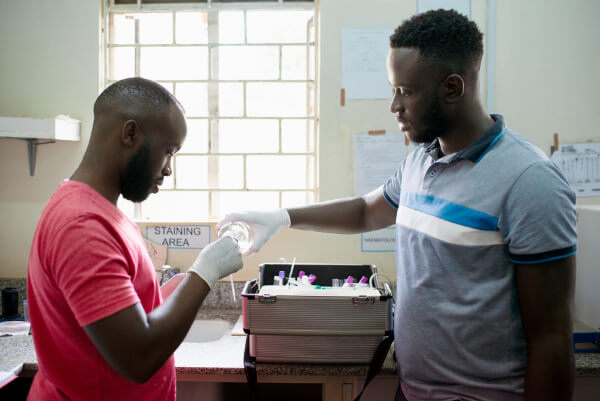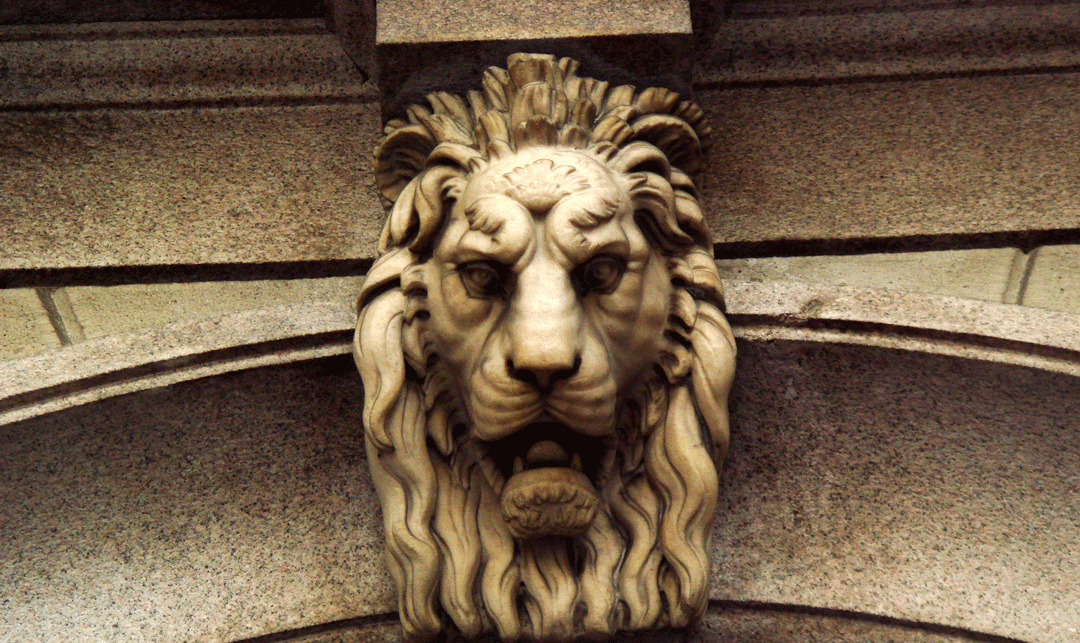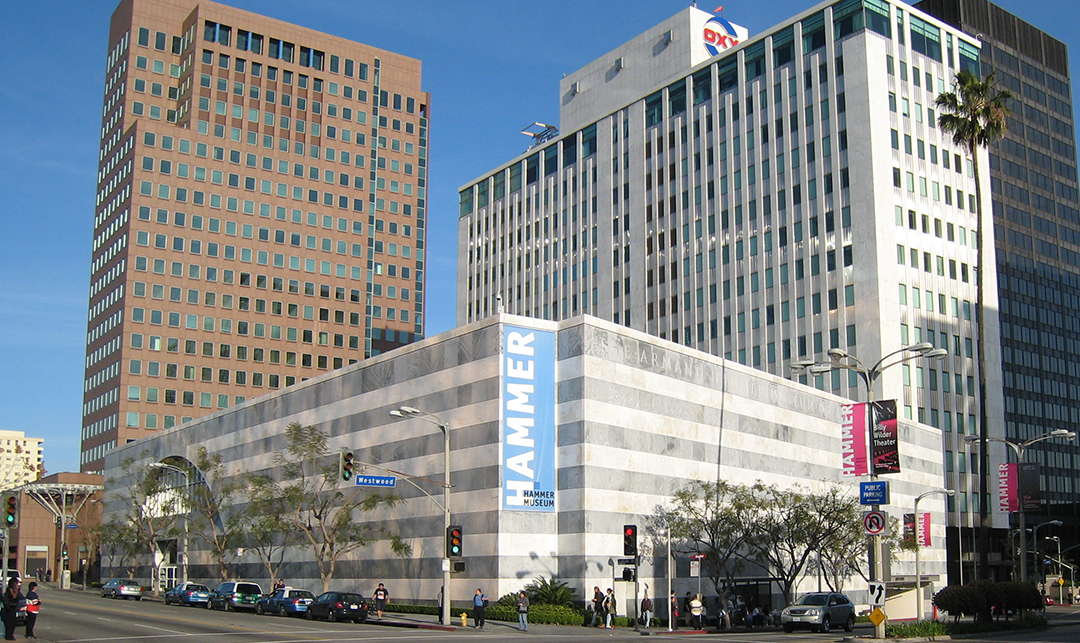Assessing the Los Angeles art scene on a recent afternoon in her office, Annie Philbin brings up an interesting point. “So much of what happens here happens in people’s homes and the places they work—the public sphere is not such a powerful social shaping force in LA as it is in places like New York.” In contrast to Philbin’s former home, where gathering points tend to be public places, the personal touch that comes with residential entertaining imparts a certain intimacy.
“In New York, the 10-minute hit is a particular way of being with people,” Philbin says. “You run into people on the street, at openings, in a bar, in a restaurant, it’s a fast exchange but it’s a meaningful way of staying in touch with people. That’s one thing I miss, not having street life.”
Philbin’s extensive curatorial experience has informed the way she leads the Hammer. “It’s such an important relationship that happens between a curator and an artist,” Philbin says. “They spend a lot of time together and in a perfect scenario they become creative cohorts. A really good curator can make a big difference in how an artist’s work is viewed. A poor installation can make even good work look weak.”
With Los Angeles having a bigger concentration of art schools than any other city, the latest trend has been art students staying put instead of hightailing it to New York upon graduation. “These are artists that might’ve moved to Berlin a few years ago – or actually did move to Berlin – but they are now coming here,” Philbin says.
Regarding Hammer programming, Philbin adds, “We do shows that people don’t even know they want to see. We don’t really do blue chip, we don’t do big blockbusters. We bring great artists who operate in the shade or in the margins into the light for people to discover.”
The lineup of directors and curators at MOCA, LACMA, The Getty, and the Hammer is invigorating the city. “The old adage that rising tides floats all boats is very true in this regard. The success of our sister institutions only helps the Hammer. LA’s world-class cultural landscape is an ecosystem and it is important that everyone is healthy within it,” Philbin says.
It’s clear that growing these relationships is a rewarding part of Philbin’s work. She is good friends with LACMA Director Michael Govan, and we share a laugh as she relates the fact that the amateur pilot flew NPR CEO Jarl Mohn around the Midwest for his recent barnstorming tour of local affiliates.
Ever the gracious hostess, Philbin wants to make sure we don’t leave empty-handed. “Did you get a catalog?” she asks, referring to the printed companion to the MADE in LA 2014 exhibit, for which the Mohn Awards would shortly be given. The “catalog” is actually a substantial box set containing two books, one hardcover and one softcover, with extensive information on the 35 local artists featured in the exhibit.
Yet another physical testament to Philbin’s enduring commitment to the local art scene.
The annual Hammer Gala still sells out – and this year’s will be honoring LA artist Mark Bradford and Joni Mitchell on Oct.11.
In fall 2011 [Q3 2011], CSQ interviewed Annie Philbin, director of the Hammer in Westwood. The former director of New York’s The Drawing Center came to Los Angeles in 1999 and undertook a unique arrangement – leading a public arts institution with connections to UCLA and founded by business magnate and art collector Armand Hammer. For our 2014 Philanthropy, Art, & Culture edition, we reconnected with Philbin for Flash Forward to mark her 15-year career as director of the Hammer.













































